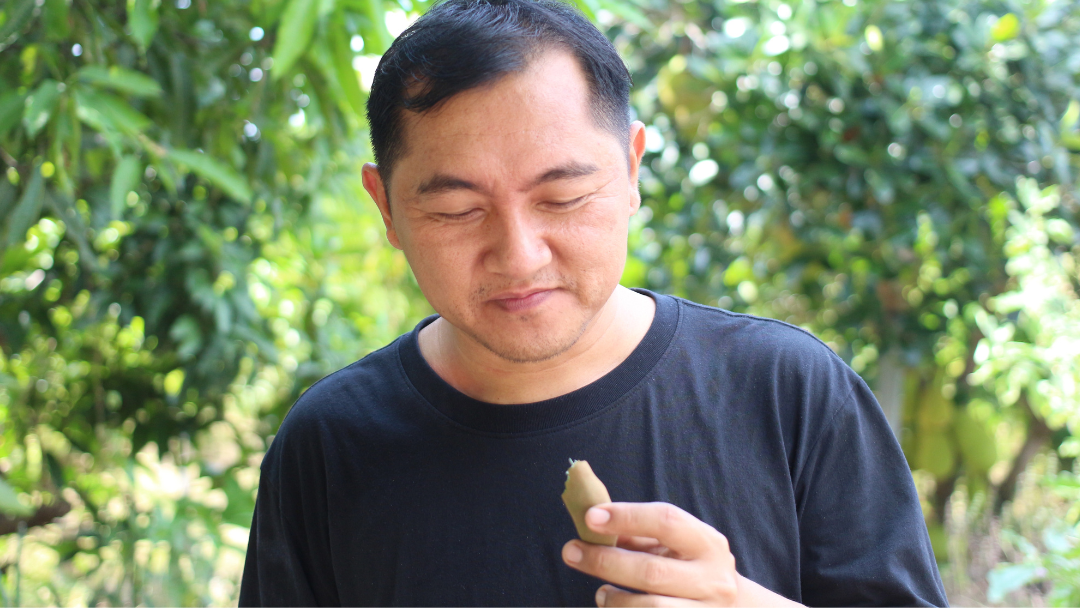
by Suzanne Hall | Jan 1, 2025 | Trauma, Trauma Attachment
When we are kids, we should grow up within an atmosphere of love and safety. But when someone who is supposed to love you also causes you harm, you can become an adult who has a confusing mix of love, anger and longing towards that person. Resolving these conflicted...

by Suzanne Hall | Dec 19, 2024 | Christmas, Relationships, Trauma
If you are one of those people where Christmas time with family does not conjure scenes of warm smiles, hugs and the warm fuzzies, or if you feel obligated to attend events where your boundaries might be ignored, you don’t feel welcomed or respected, or you just feel...

by Suzanne Hall | Dec 5, 2024 | Trauma
Have you ever felt like there’s no way back once you’re triggered? It can definitely feel like nothing will bring you back except time or your next therapy session. I’ve been there too. Here are some of my favourite ways to come back from being triggered: 1) Grab an...

by Suzanne Hall | Nov 6, 2024 | Emotion Focused Therapy, Trauma
In the world of psychology, it’s often said that changing your thoughts will lead to emotional change. This is the basis of Cognitive Behavioral Therapy (CBT), which says that by shifting our thoughts, we can influence how we feel. But what if emotions come first,...

by Suzanne Hall | Oct 11, 2024 | Relationships, Trauma
Our brains recreate the familiar conditions from our childhood. This means that in relationships, we tend to choose partners who reflect characteristics from our past, just as we reflect parts of theirs. Then, we tend to trigger behaviors in each other that recreate...

by Suzanne Hall | Sep 30, 2024 | Dissociation, Trauma
Most of what you’ll find online about dissociation—whether it’s academic or more general-public stuff—focuses on the extremes. They’ll give examples of the everyday dissociation everyone experiences, like highway hypnosis, where you drive somewhere, zone out, and...







